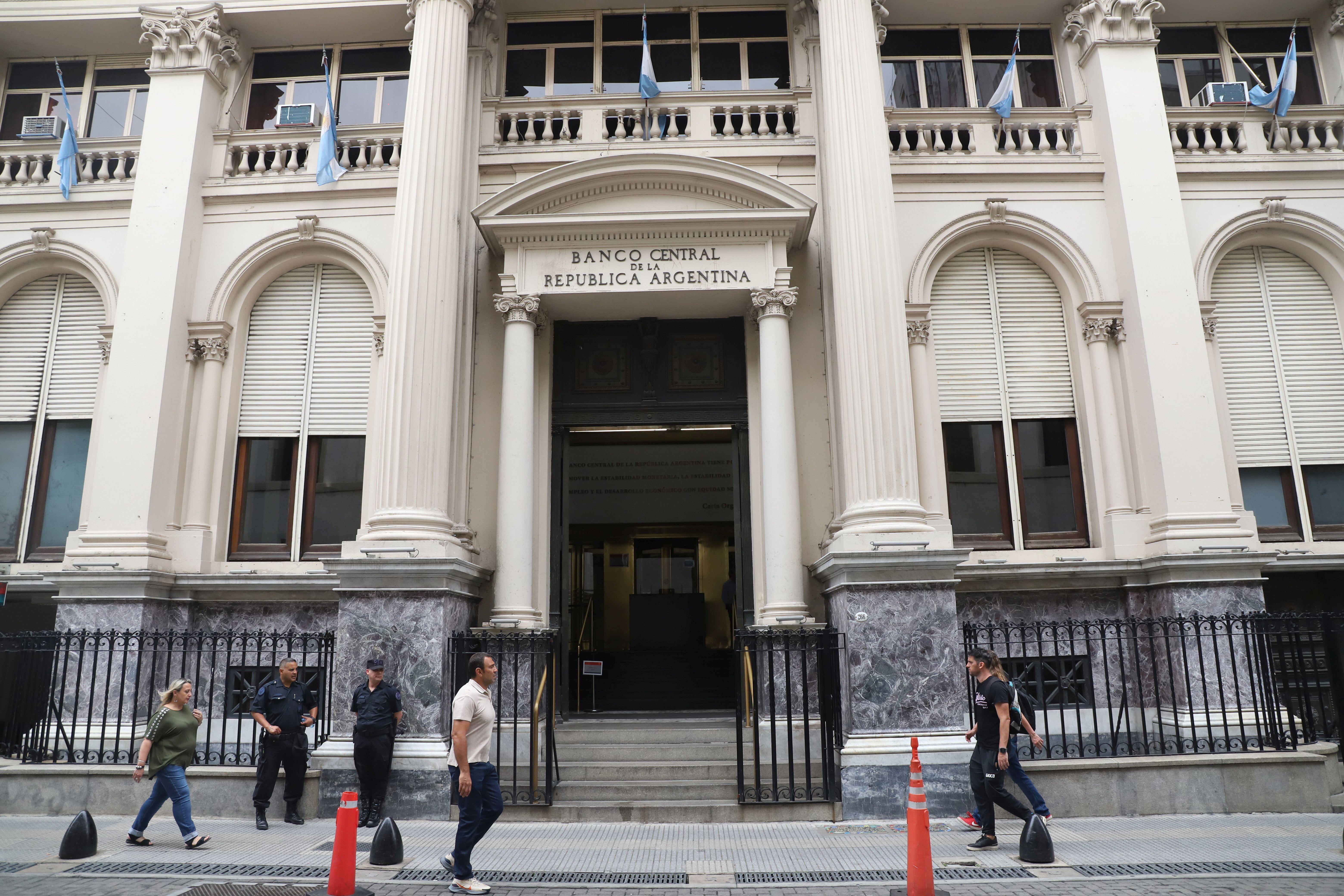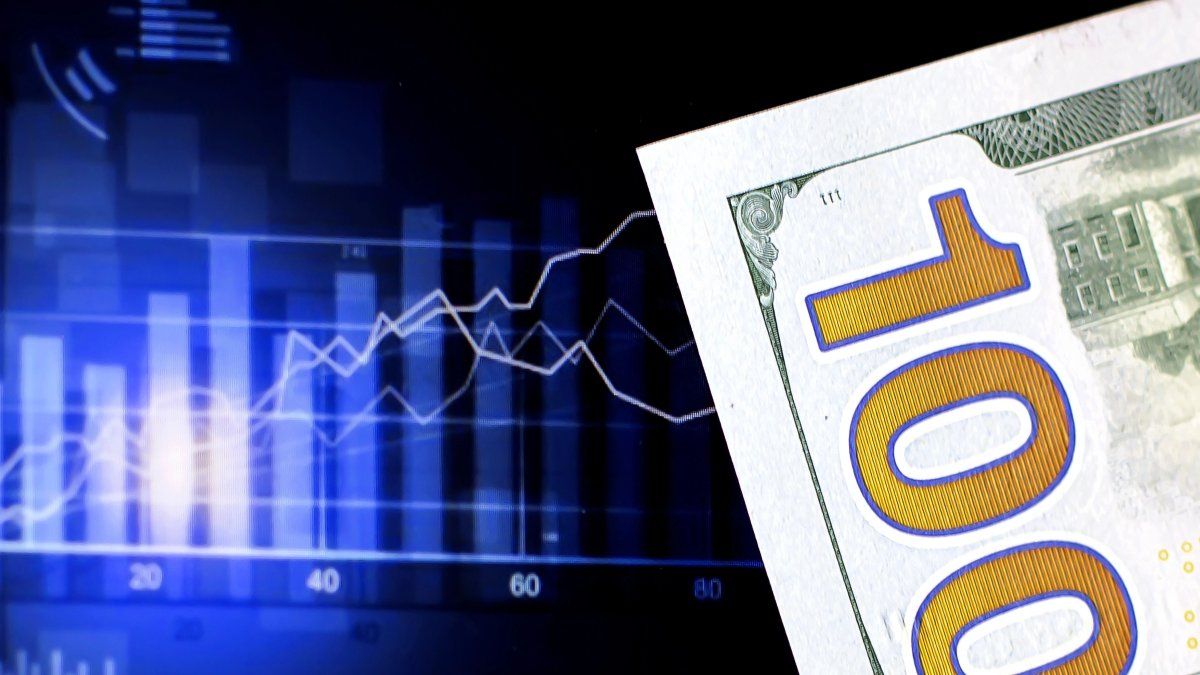In fact, the Government must make new cuts and adjustments to accommodate lower tax revenues. What future can this equation have if the Government must transfer the resources that correspond to the provinces and that have served them until now to reach the surplus? What surplus will the Government be able to achieve if it must, sooner or later, transfer resources to retirees and pensioners who until now have represented more than 35% of the adjustment made?
The Central Bank reports a positive streak every time it talks about reserves.
Ignacio Petunchi
A thin layer of ice spreads. It is a thin floor. It happens with the dollar. He central bank realizes a positive streak every time we talk about reserves. Buy almost always. Sell little. On the surface, it seems like a virtuoso performance. Even banking JP Morgan has just launched a true exegesis of the financial future by recommending investment in Argentine bonds in dollars. “It is paid in 2025,” says Morgan, and all investors, head to the pool: the possibility of continuing to earn with Argentine debt increases. 33%, the bank calculates. But as Saint-Exupéry said, what is essential is invisible… Could it be?
The content you want to access is exclusive to subscribers.
The BCRA reserves data is already close to US$28,000 million. Purchases from the entity that conducts are noted there. Santiago Bausili for more than US$11,000 million since he took the helm of Central. Even President Javier Milei said it on March 1 at the opening of sessions of Congress: “Since we came to government, we have bought close to US$9 billion in the market.”. Applause. Likes on Twitter.


However, first conclusion, not everything that the entity bought, it managed to hoard. In fact, the accumulated jump in dollars for reserves amounts to about US$7,000 million, that is, considerably less. Again: the BCRA managed to accumulate some US$7 billion of the US$11 billion purchased in the Milei management.
The data that helps to understand what is happening refers to imports. If the months of December and January are taken, the Government only paid 2 out of every 10 dollars of imports. The rest still remains to be paid in the payment plan offered Minister Caputo. Strictly speaking, the commercial debt that the BCRA accumulates in this regard coincides with the positive net balance: US$7 billion. On the other hand, in February, the BCRA managed to buy US$2.4 billion (net) thanks to the fact that it postponed practically the same amount in the liquidation of imports. Thus, the conclusion seems served: Given the dynamics of net purchases by the BCRA, what it manages to accumulate is exactly the same as what, at least until now, it postpones in terms of imports.
What do we say to Kristalina?
The latest IMF statement from the beginning of February is clear: “After the realignment of the exchange rate, exchange rate policy should continue to ensure reserve accumulation objectives”, he maintains. “Important steps are being taken to resolve the disproportionate balance of trade debt and create a more transparent and rules-based import system. Furthermore, the authorities have committed to eliminating the remaining distortive exchange restrictions and multiple monetary practices in the short term, and to develop plans to gradually dismantle capital flow management measures, as conditions permit,” he concludes.
Houston and after. Dollar and devaluation
How far will the IMF accompany? Two additional elements could help understand the complexity of the scenario. The first is the dollar: The Government made its debut with a devaluation that proposed a 118% jump for the dollar, but the impact of this and other measures was cutting off the “competitiveness” of that exchange rate parity. to the point that in just over 30 days it will be, in real terms, with one dollar, again, at the same levels. Due to the dynamics explained above, the situation with reserves could lead to a new devaluation that once again generates an inflationary flash.
The element that adds up is the message left by Luis Cubeddu, deputy director of the Department of the Western Hemisphere, on his last visit to the country: to facilitate the remaining US$15 billion of the program, which could promote exchange rate unification and the lifting of the stocks, the BCRA must reposition quotes. Without devaluation and a change in the dynamics of reserve accumulation, there are no dollars. The real exchange rate is already below that recommended by Georgieva & Co. With an administered devaluation that pedals at a speed of 2% per month (crawling), inflation moves to 15% leading to rapid appreciation. This diagnosis even applies to effective exchange rates higher than the official one, such as without the importer (PAIS tax amount of 17.5%) and exporter (80% at the official-20 CCL). The same applies to a sector of agro-exporters, who are evaluating the next liquidation.
The dynamics of zero deficit
As has already been said in this column, The other failed dynamic is that of zero deficit. By seeking to take pressure off the inflation generated by the devaluation and the rearrangement of relative prices, Minister Caputo has induced a recession that is in the process of becoming an economic depression. The result is a drop in the level of collection that logically adds a challenge to the Government every time it wants to register a new financial surplus. In the facts, The Government must make new cuts and adjustments to accommodate lower tax revenues. What future can this equation have if the Government must transfer the resources that correspond to the provinces and that have served them until now to reach the surplus? What surplus will the Government be able to achieve if it must, sooner or later, transfer resources to retirees and pensioners who until now have represented more than 35% of the adjustment made??
Source: Ambito




